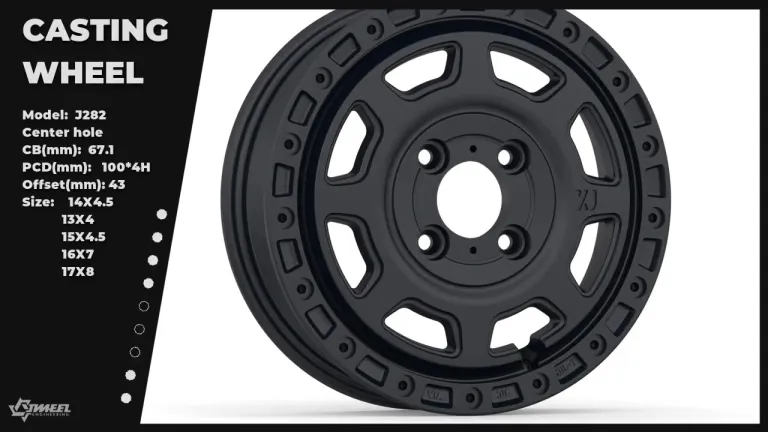Gravity casting is just one of the many methods used in the production of wheels for various applications. When compared to other casting methods, gravity casting has its own unique set of advantages and disadvantages.
Die Casting
One of the most popular methods used for wheel manufacturing is die casting. Die casting is a process that involves injecting molten metal into a steel mold under high pressure. This method produces wheels that are highly durable and have a smooth surface finish. However, die casting can be quite expensive due to the high cost of the steel molds. Additionally, die casting may not be suitable for complex wheel designs with intricate details.
Sand Casting
Another method used in wheel manufacturing is sand casting. In sand casting, a pattern of the wheel is created using sand, and then molten metal is poured into the sand mold. Sand casting is a relatively low-cost method and is well-suited for producing large quantities of wheels. However, the quality of the wheels produced through sand casting may not be as consistent as those produced through other methods. Sand casting also tends to produce wheels with rougher surface finishes.
Gravity Casting
When compared to die casting and sand casting, gravity casting falls somewhere in the middle in terms of cost and quality. Gravity casting is a simpler and more cost-effective method compared to die casting, as it does not require the use of expensive steel molds. gravity cast wheels is also capable of producing wheels with a smooth surface finish, making it a viable option for applications where appearance is important.
However, gravity casting may not be suitable for producing wheels with highly complex designs or intricate details. The process of gravity casting relies on the force of gravity to fill the mold with molten metal, which may result in limitations when it comes to casting intricate shapes. Additionally, gravity casting may not be the most efficient method for producing large quantities of wheels, as it is a time-consuming process compared to die casting.
In conclusion, each casting method has its own strengths and weaknesses when it comes to wheel manufacturing. Die casting is known for producing highly durable wheels with smooth surface finishes, but at a higher cost. Sand casting is a cost-effective method for producing large quantities of wheels, but may result in wheels with rougher surface finishes. Gravity casting falls somewhere in between, offering a balance of cost and quality for applications where appearance is important.
Ultimately, the choice of casting method for wheel manufacturing will depend on the specific requirements of the application, such as cost, quality, and design complexity. Gravity casting may be a suitable option for applications where a balance of cost and quality is desired, and where the design of the wheel is not overly complex.
